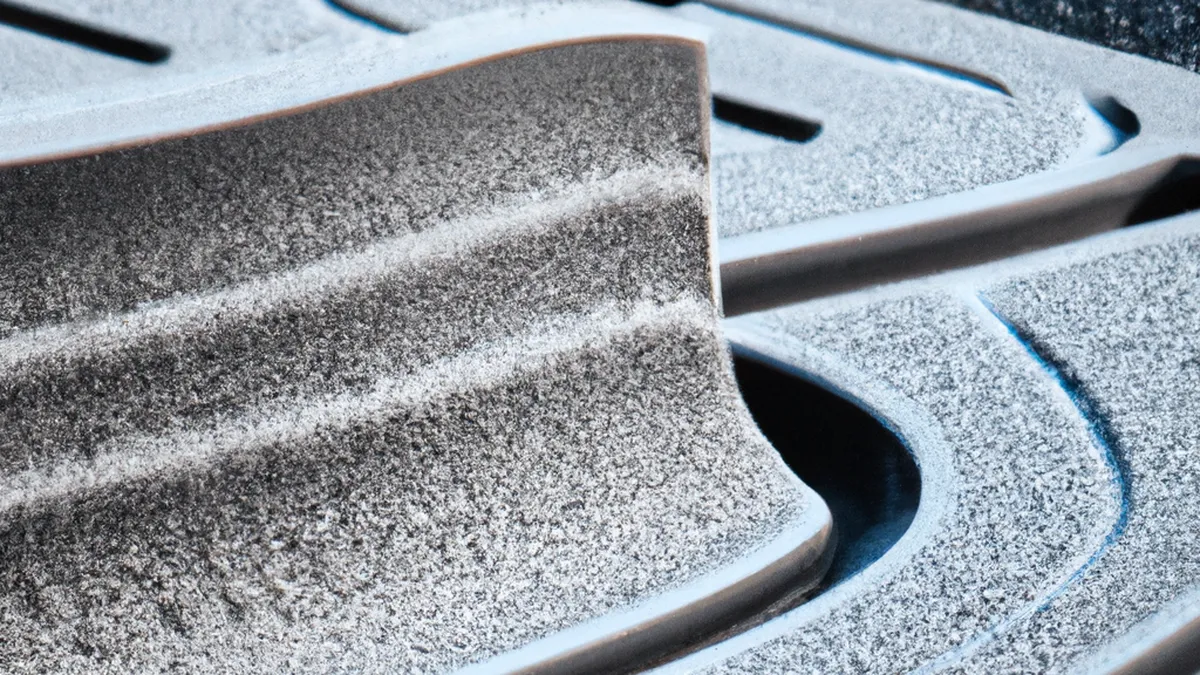Rejuvenate Injuries with Natural Beach Sand
How to Use Beach Sand for Rehabilitation After Injuries
Rehabilitation after an injury can be challenging. However, natural resources can enhance recovery. Beach sand serves as a versatile resource with many benefits. This post explores how to use beach sand for injury recovery, the science behind its benefits, and practical tips for safe rehabilitation.
Why Beach Sand?
Beach sand creates a unique rehabilitation environment. The soft surface offers gentle resistance, reducing stress on injured areas. Walking or exercising on sand requires more effort than on hard surfaces. This resistance strengthens muscles and improves endurance without straining joints and ligaments.
Additionally, the beach setting boosts your mood and mental well-being. The sights, sounds, and smells of the beach provide therapeutic benefits. Research shows that spending time in nature reduces stress and enhances mental health. Thus, using beach sand for recovery benefits both the body and mind.
Tips for Using Beach Sand in Rehabilitation
Start with Basic Exercises
Begin with simple movements for a safe recovery. Walking on sand serves as an excellent first step. It engages muscles without straining them. Start with short distances and gradually increase as you gain strength. Walking barefoot stimulates muscles in your feet and lower legs, improving balance and proprioception.
Next, incorporate gentle stretches. The soft sand surface enhances flexibility. Focus on areas needing extra care, such as hamstrings, calves, and hips. Stretching on sand alleviates tension and enhances mobility, making it an ideal addition to your rehabilitation routine. Include dynamic stretches, like leg swings or arm circles, to warm up effectively.
Incorporate Balance Training
Balance exercises play a crucial role in rehabilitation, especially after stability-affecting injuries. The uneven sand surface challenges stability and engages stabilizing muscles. Start with basic exercises like standing on one leg. Gradually increase difficulty by closing your eyes or standing on an unstable sand mound.
You can also practice walking heel-to-toe along a straight line in the sand. This exercise improves balance and coordination. For an added challenge, use a stability ball on the sand. This increases difficulty and activates different muscle groups, promoting overall stability. Keep movements controlled to avoid falling or re-injury.
Add Resistance with Sand
Once you feel comfortable with basic exercises, introduce resistance into your routine. Resistance bands serve as an excellent tool. Secure one end to a stable object like a beach umbrella or rock, and attach the other end to your leg. Perform various leg movements against the resistance.
Conclusion
Incorporating beach sand into your rehabilitation routine offers numerous benefits. It enhances physical strength, balance, and mental well-being. Embrace this natural resource for a more enjoyable recovery process.
Below are related products based on this post:
FAQ
What are the benefits of using beach sand for rehabilitation after an injury?
Beach sand provides a soft surface that offers gentle resistance, reducing stress on injured areas while strengthening muscles and improving endurance. Additionally, the beach environment enhances mood and mental well-being, making recovery more enjoyable.
What types of exercises can I start with on beach sand?
Begin with basic exercises like walking on sand, which engages muscles without straining them. Incorporate gentle stretches to improve flexibility, focusing on areas like hamstrings and calves. Dynamic stretches, such as leg swings or arm circles, can also be included to warm up effectively.
How can I incorporate balance training into my rehabilitation routine on sand?
Balance exercises are essential for rehabilitation. Start by standing on one leg or walking heel-to-toe along a straight line in the sand. To increase difficulty, try closing your eyes or using a stability ball. These exercises challenge your stability and engage stabilizing muscles, promoting overall balance.















Post Comment